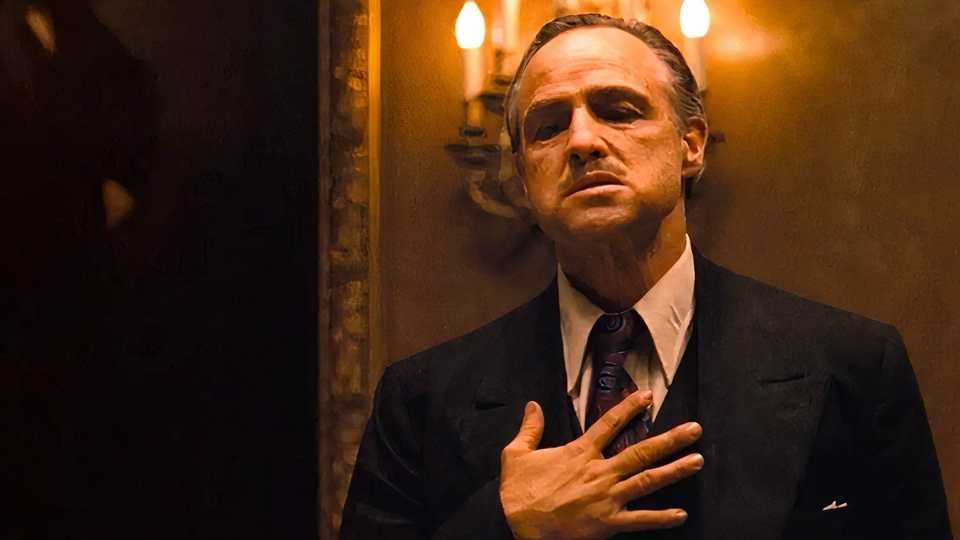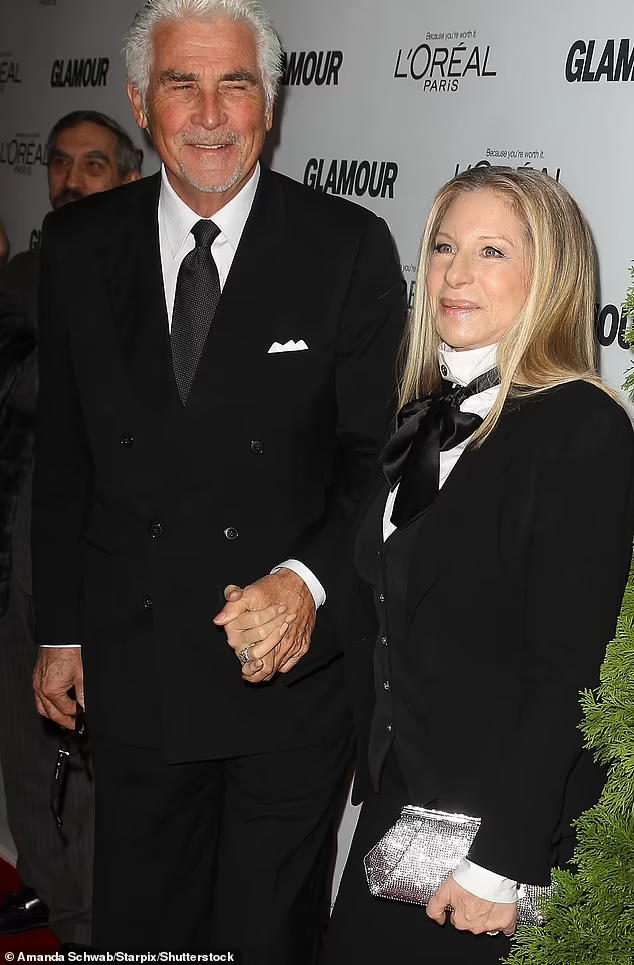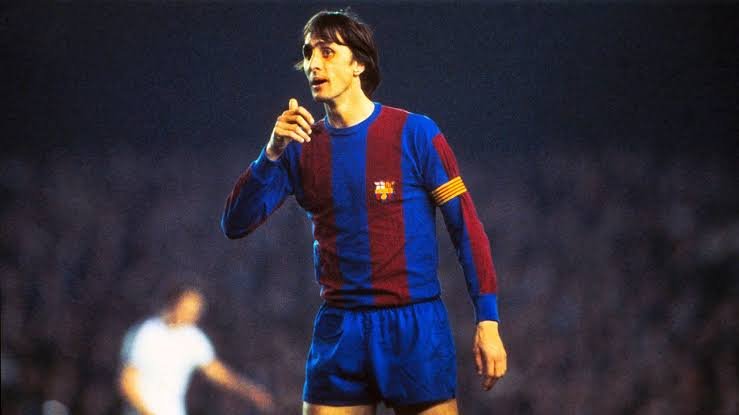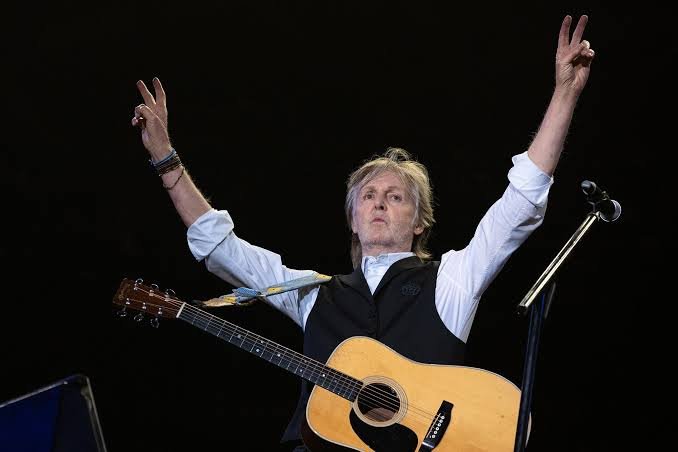
The 10 Worst Changes ‘The Godfather’ Movies Made From the Novels, Ranked
Francis Ford Coppola’s “The Godfather” trilogy is lauded as one of the greatest achievements in cinema. However, fans of Mario Puzo’s original novels often point out that the films made several significant changes. Here are the 10 worst alterations, ranked:
**1. Michael’s Transformation Timeline**
In the novels, Michael Corleone’s descent into the ruthless mafia boss is gradual, showing a complex internal struggle. The films, particularly the first one, rush this transformation, giving less insight into his inner conflict and making his sudden embrace of his family’s violent ways seem abrupt.
**2. Tom Hagen’s Demotion**
Tom Hagen, the Corleone family’s consigliere, is a pivotal character in the books. His demotion in “The Godfather Part II” is downplayed in the film, stripping away much of the tension and drama that stem from his sidelining, and diminishing his role’s significance.
**3. The Role of Lucy Mancini**
Lucy Mancini, a character who plays a crucial role in the novels, especially in the subplot involving her romance and subsequent life, is significantly reduced in the films. Her relationship with Dr. Jules Segal and the details of her life after her affair with Sonny are entirely omitted, removing a layer of depth and continuity.
**4. The Corleone Family’s Business Ventures**
Puzo’s novels delve deeply into the Corleone family’s business operations, including their legitimate fronts and illicit activities. The films gloss over much of this, losing the intricate details of how the Corleones exert influence and manage their vast empire.
**5. Kay Adams’ Perspective**
Kay Adams, Michael’s wife, is given a more nuanced portrayal in the books. Her gradual realization of Michael’s true nature and the impact on their marriage is more detailed and emotionally charged. The films, while touching on this, fail to capture the full extent of Kay’s inner turmoil and transformation.
**6. Vito Corleone’s Backstory**
While “The Godfather Part II” explores Vito Corleone’s rise to power, it omits several key details from the novels about his early life in Sicily and his initial forays into crime. These omissions make Vito’s character less textured and his motivations less clear.
**7. The Death of Fredo Corleone**
In the novel, Fredo’s death is more coldly calculated and highlights Michael’s descent into moral ambiguity. The film’s portrayal, while powerful, lacks some of the intricate planning and psychological manipulation present in the book, making the event less impactful.
**8. The Role of Johnny Fontane**
Johnny Fontane, the crooner who owes his career to the Corleones, is a more central figure in the novels. His struggles and the mafia’s influence on his life are extensively detailed. The films reduce his role, missing out on the commentary about the intersection of Hollywood and organized crime.
**9. The Portrayal of Women**
The novels offer a more comprehensive look at the women in the Corleone family, exploring their lives, struggles, and resilience. The films, while featuring strong female characters, tend to marginalize their stories, focusing primarily on the male-centric narrative.
**10. The Ending of ‘The Godfather Part III’**
The final installment of the trilogy deviates significantly from the novel’s intended trajectory. Michael’s ultimate fate and the family’s future are handled differently, leading to an ending that many fans of the books feel is less satisfying and true to the characters’ arcs.
In conclusion, while “The Godfather” films are masterpieces in their own right, the deviations from Mario Puzo’s novels result in a loss of some narrative depth and character complexity. These changes, though often necessary for cinematic adaptation, leave fans of the books longing for the richer tapestry Puzo originally wove.


